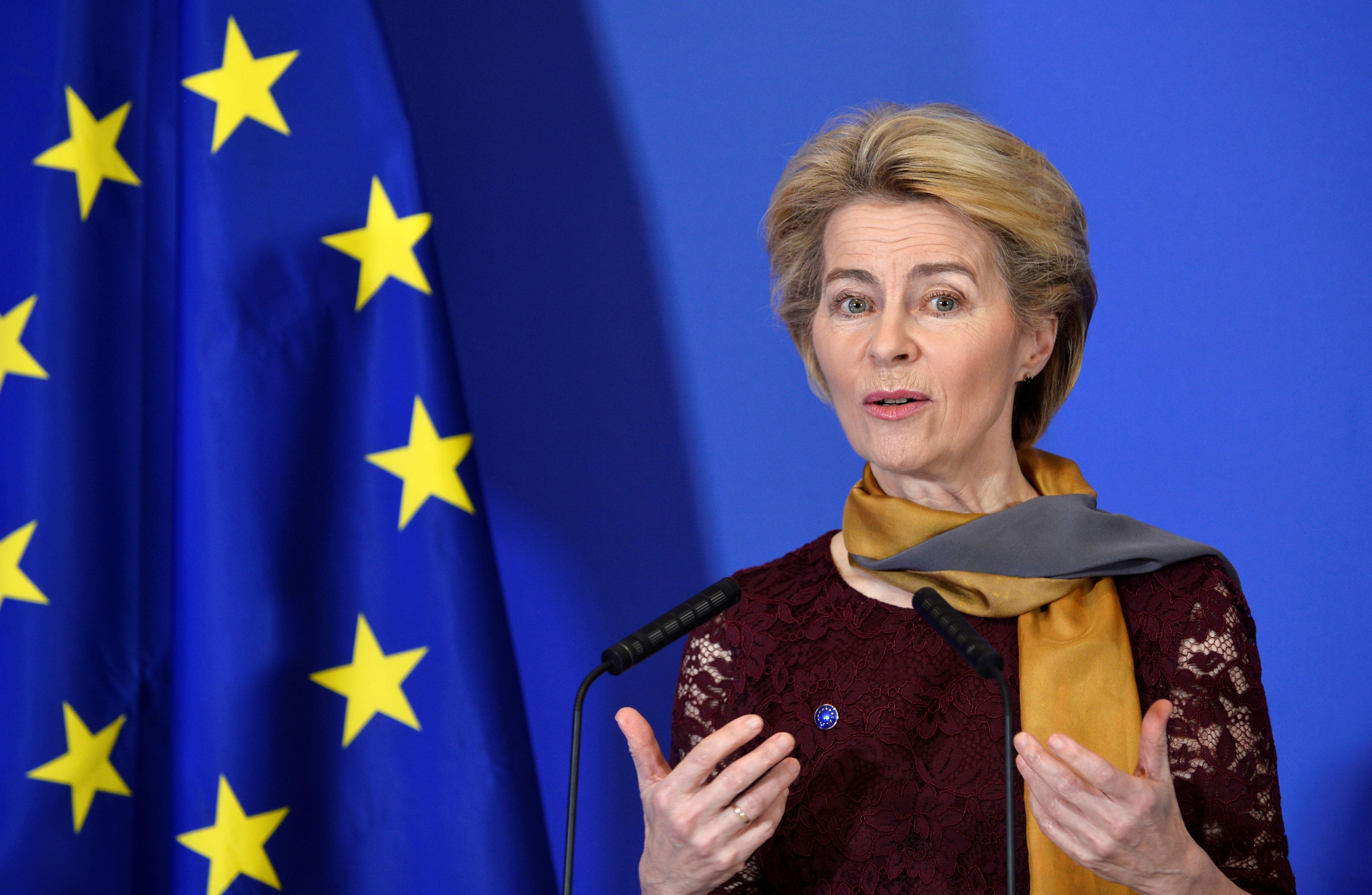Greener and More Diversified: the Future of the EU Common Agricultural Policy

CAP in the MFF Negotiations
The draft multiannual EU budget for 2021–2027 (MFF) presented by the EC in May 2018 features a reduction of the CAP budget by 15%. The reduction focuses on Pillar II of the CAP, which consists of programmes supporting rural development (farmers’ education, promotion of cooperation and innovation, financial help for insurance policies, environmental protection). The proposal is particularly problematic for the states of Central and Eastern Europe whose share of Pillar II funds is significant (Poland, for instance, receives more funds than France). The cuts to the budget for direct payments (Pillar I) are less painful for the region. Given the EC’s intention to reduce the gap in the average direct payments between Member States, some of them ( the Baltic states) are to receive more funds.
The Commission’s plans are criticised by states that are the largest recipients of CAP money. France is particularly active, publishing several statements, both individually and with other states, that called for keeping the CAP budget at its current level. In October 2019, this position was supported by 16 states, including the Visegrad Group, the Baltic States, Austria, Ireland and Spain.
CAP Reforms Proposed by the EC
Alongside the MFF negotiations, there are talks concerning changes in the implementation of the CAP. The EC unveiled its ideas for reforms in June 2018. It was a reaction to criticism that portrayed the CAP as too bureaucratic and complicated. The Commission wants to move away from a model focused on compliance with detailed regulations adopted at the community level and towards a more goal-oriented approach. The proposal foresees that each Member State will design a strategy around nine key common goals. The latter include supporting farmers’ income, promoting economic activity in rural areas and fighting climate change. National strategies will have to be approved by the EC, which, at a later stage, will also be charged with assessing their implementation. The aim of the new approach is to help tailor the CAP to the specific needs and problems of the Member States and simplify its implementation.
The EC intends to enhance the CAPs contribution to the fight against climate change. It has put together a long list of requirements that farmers must satisfy to receive full direct payments. The Member States will, however, have the right to define the details of those requirements. In addition, the EC wants to oblige the Member States to allocate some money within Pillar I to new eco-schemes and thus increase the funds available for actions beneficial for climate and environment. According to the EC proposal, 30% of funds for rural development (Pillar II) and 40% of all CAP expenditures should be devoted to climate action.
The EC proposes to limit payments for the largest farms (currently 20% of the largest recipients get 80% of the money). The maximum amount of direct payments is to be capped at €100,000 and the payments would be gradually reduced once they have reached the level of €60,000 (currently a similar rule applies to payments greater than €150,000). More funds are to reach smaller farms: the Member States will be obliged to allocate some Pillar I funds for additional payments to the latter.
Reactions to the Commission’s Proposal
The Member States are keen to have greater control over the CAP. The majority fear, however, that the obligation to prepare national strategies, in which they will have to demonstrate how they forward common goals, will constitute a considerable burden for the institutions responsible. Therefore, in the negotiations they advocate not only greater freedom in spending the funds but also fewer controls and more flexible assessment criteria. Ministers are unwilling to make final decisions regarding the new policy delivery model, the amount reserved for climate and environment-focused actions in particular, without knowing the exact sums that will be available. Final agreement on the policy will be possible only once a deal on the MFF has been reached. Consequently, the implementation of the new CAP will be postponed, probably until 2022.
Several EU bodies have been more critical in their opinions about the EC proposal. The European Court of Auditors (ECA) has assessed the climate and environment goals as little different from the current ones. It has also questioned the effectiveness of direct payments both as a means of furthering environmental goals and supporting farmers’ income. The ECA claimed that given the very general character of the common goals and the lack of properly designed indicators with which progress could be measured, the EC may not be able to assess Member States’ actions in a meaningful way. The Committee of the Regions seconded the call for better-defined goals while warning that excessive flexibility for the Member States may harm the level playing field on the single market.
Environmental NGOs emphasise that goals related to the environment and climate are not precise and the Member States could be able to include in them category allocations loosely related to environmental protection. They highlight that previous efforts at “greening” the CAP brought mediocre results. Similar views feature in the European Environment Agency report published last year whose authors note that monocultures and generous use of fertilisers pollute air, soils and water, and have a harmful effect on biodiversity. Farmers’ associations retort, however, that easing the negative effects of farming will demand additional funds. In November and December 2019, large demonstrations took place in France, Germany, and the Netherlands of farmers who depicted environmental standards as too strict and deplored the decreasing profitability of farming.
Conclusions and Prospects
Given the pressure of net payers on reducing the multiannual budget designed by the EC, maintaining the current level of CAP funding is impossible. But the “friends of the CAP” coalition animated by France is likely to defend the CAP budget against further cuts. The Finnish presidency put forward a proposal last year that advocated a smaller overall budget (equivalent to 1.07% of EU gross national income as opposed to 1.11% in the Commission proposal), but did not foresee any reduction of the CAP.
The EC hopes that by offering the Member States greater influence over the CAP it will convince them to accept a smaller budget. At the same time, it wants to enlarge the scope for conditionality in spending the funds, aiming to enhance the drive to make farming more sustainable. However, direct payments—only partly determined by the quality of production or standards related to the environment and animal welfare—remain the core of the policy. In addition, as the budget shrinks and farmers protest, the majority of the Member States will likely avoid setting ambitious climate and environmental targets. The success of the reform will depend on making the goals and the assessment criteria more precise. This will prevent discord between the EC and the Member States on their interpretation and limit the possibility of excessive differences in the implementation of the CAP.
The challenge for Poland will be to find a balance between infrastructure-oriented and environmental programmes within the reduced rural development budget (Pillar II). The latter is an important tool for the modernisation of agriculture. In order to avoid further limiting its potential, renouncing the current practice of transferring some of the funds from Pillar II to Pillar I (to boost direct payments) could be considered.




